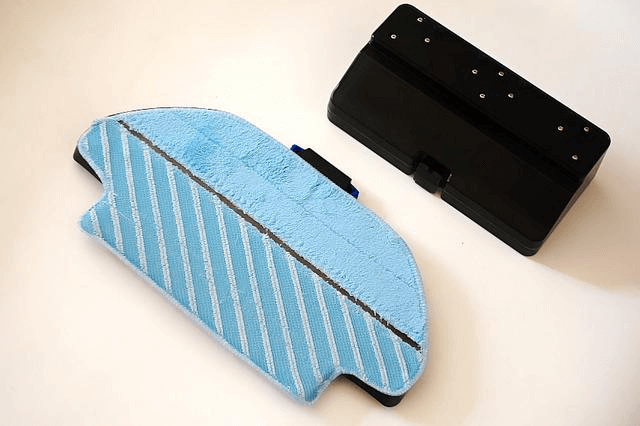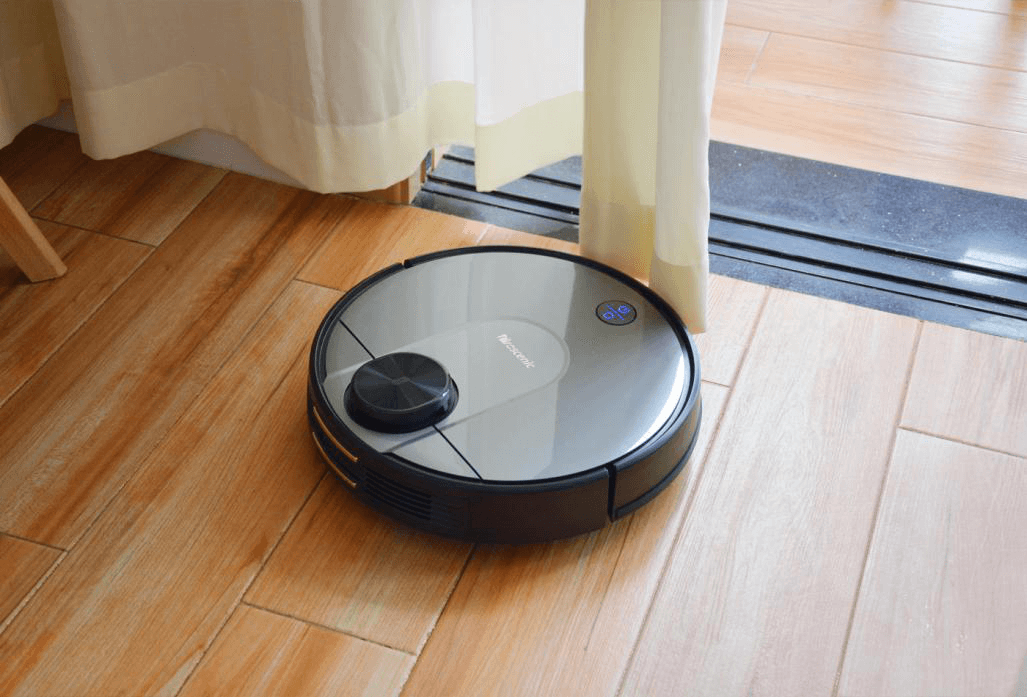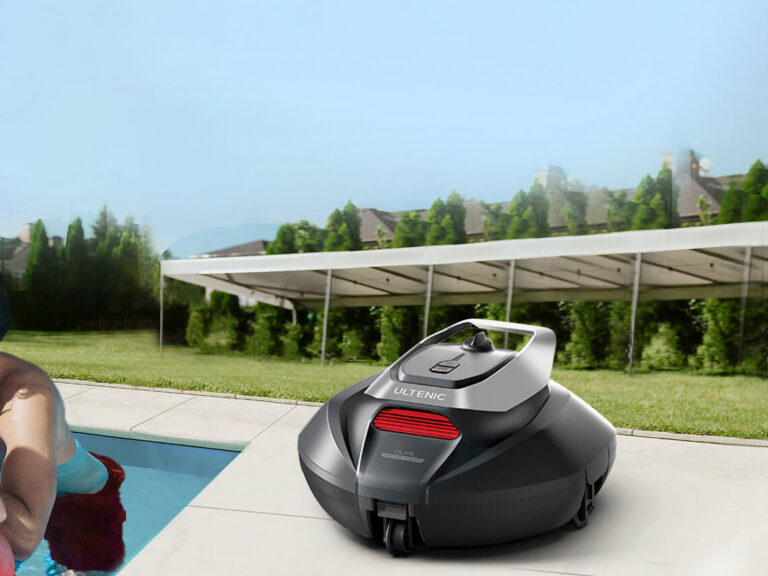I have to say that cleaning robots have become one of the most popular smart household appliances today. However, there are so many brands of cleaning robots on the market that many consumers encounter serious difficulties in choosing. Of course, I am no exception. After comparing and selecting for a period of time, today I finally selected two cleaning robots with similar performance-Proscenic and Stone. I compared the two cleaning robots from several aspects to see who is worth buying more, Proscenic or Stone. The specific comparison parameters are as follows:

By comparing the configuration table, we can easily see that Proscenic Cleaning Robot LDSM7 has a water tank capacity of 500ml, which is one of the reasons why I recommend this cleaning robot. Before this, I believe many people have lost confidence in the wet mopping function of cleaning robots, just like me, because many cleaning robots either produce a large amount of water or do not produce water at all, and the water does not automatically cut off when working is interrupted. However, since using this model, the wet mopping function of the cleaning robot has rekindled my confidence. Its micro-sensing electric control water tank can adjust the water volume perfectly according to different environments, and can automatically stop seepage under charging and suspension conditions. Maintaining even seepage brings unprecedented user experience to cleaning. In addition, a 500ml water tank can easily mop a house of 180 square meters. Compared with the Stone S51, which has a 140ml water tank, Proscenic Cleaning Robot LDSM7 totally wins by seconds.


In addition, the suction power of a cleaning robot is what we are most concerned about because it directly affects the cleaning effect. The cleaning effect of a robot cannot be separated from its motor. It is worth mentioning that Proscenic Cleaning Robot LDSM7 uses a NIDEC brushless motor imported from Japan with high suction power, low noise, and low power consumption. Its powerful suction power of 2015pa can quickly absorb dust adhered to the ground, achieving an immediate cleaning effect. Additionally, to meet current consumers' demand to reduce the frequency of emptying the dustbin, Proscenic Cleaning Robot LDSM7 has a large-capacity dustbin of 0.5L and a dust compression device, making it convenient for users to empty with just one click. These designs can be said to be very convenient for many consumers, which is better than Stone S51's 2000pa suction power and 0.48L dustbin.


The Stone S51 cleaning robot is equipped with a dustbin with a capacity of 480ml, which is smaller than Proscenic Cleaning Robot LDSM7's 500ml dustbin. However, it can still hold a considerable amount of dirt and debris before needing to be emptied.
In terms of smart features, Proscenic Cleaning Robot LDSM7 is more personalized compared to Stone S51. Unlike the Stone S51, Proscenic Cleaning Robot LDSM7 has 10 virtual walls that can be set on the mobile app. Virtual walls refer to the ability to set 10 areas on the mobile phone app to specify whether the cleaning robot needs to perform cleaning work in those areas. This fully meets the pursuit of a refined lifestyle among young people. The ability to schedule cleaning on the mobile app also brings a more convenient experience to users.


Overall, both the Proscenic Cleaning Robot LDSM7 and Stone S51 cleaning robots are excellent performers in terms of cleaning. However, when compared together in terms of overall performance, the Proscenic Cleaning Robot LDSM7 is superior in terms of both smart control and hardware configuration. It uses an imported NIDEC brushless motor from Japan, has a larger water tank and dustbin, and features advanced functionalities such as virtual walls. Therefore, when choosing to purchase a cleaning robot, consumers can choose according to their needs and budget.



